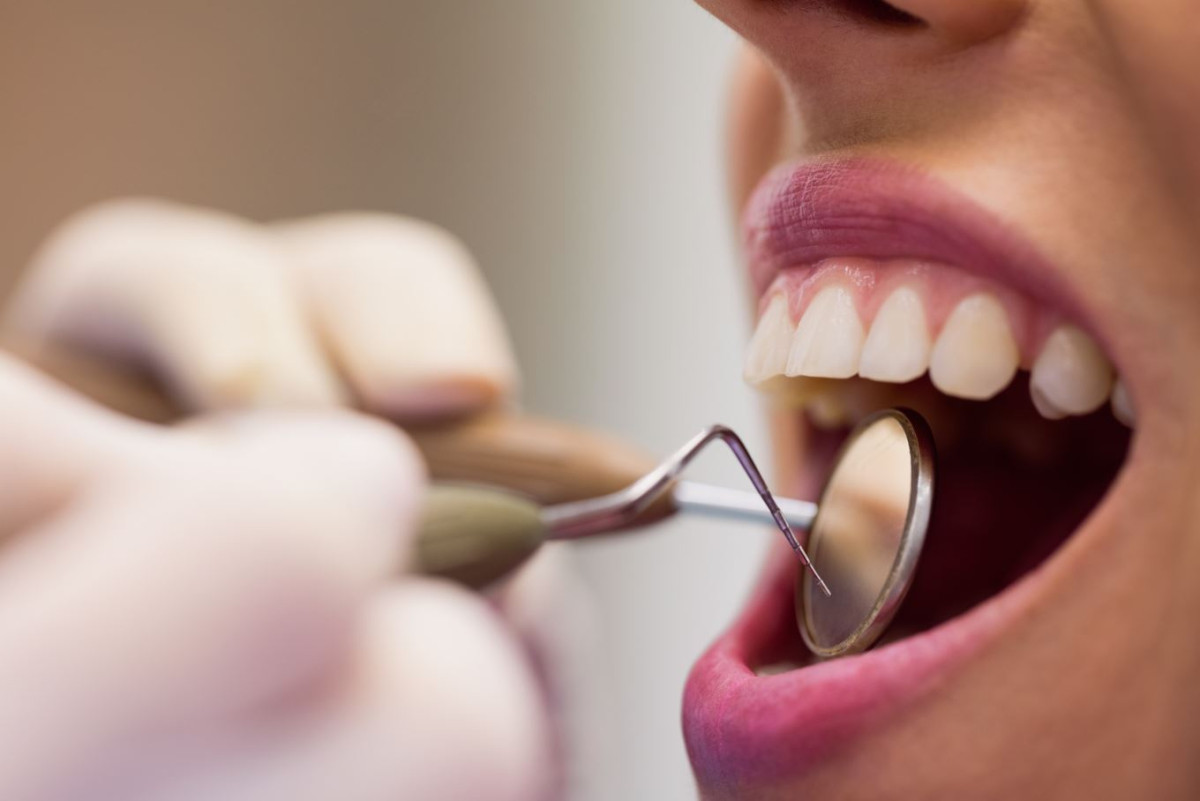Why Do Teeth Become Ugly?
The terms “ugly teeth” and “beautiful teeth” are subjective and depend on various factors such as ethnicity, culture, and social context. Generally, an ugly tooth often equates to an unhealthy tooth.
It is common for patients to visit our clinic due to “ugly teeth.” Behind this issue, multiple problems may exist.
Ugly teeth can refer to discolored or darker teeth compared to their original state, often caused by plaque buildup and staining from foods and beverages.
Teeth that differ in size or shape from neighboring teeth are also considered unattractive.
In cases of tooth decay, initial white spots may appear, which later develop into dark cavities, causing aesthetic concerns.
Patients often perceive worn-down or misaligned teeth as unattractive, especially if caused by parafunctional habits like bruxism.
We frequently encounter cases where the issue is not the teeth themselves but malocclusions (crowded or spaced teeth), bite discrepancies, or jaw-related problems.
The soft tissues surrounding the teeth also affect aesthetics. Receding gums or excessive gum display (gummy smile) can create an unattractive appearance.
Aesthetic dentistry focuses on improving a patient’s smile through treatments like plaque removal, fillings, crowns, or multidisciplinary dental care.
When Is Treatment for Ugly Teeth Necessary?
From a medical perspective, treatment is necessary if there is an underlying pathological process. Psychologically, even functionally healthy but aesthetically displeasing teeth can cause distress and require intervention.
What Are the Consequences of Untreated Damaged Teeth?
Generally, untreated dental issues do not improve on their own.
Untreated plaque can lead to gingivitis, periodontitis, and tooth loss. Unaddressed malocclusions may cause temporomandibular joint or spinal issues.
Psychologically, unattractive teeth can lead to low self-esteem, avoidance of smiling, and social anxiety.

How to Treat Dental Aesthetic Issues?
Plaque
Plaque is the least severe pathological condition but can still cause aesthetic concerns. It often accumulates on the inner surfaces of lower incisors and spreads to other areas, creating an unattractive appearance and promoting decay.
Staining
Tooth discoloration from foods, beverages, or smoking can be removed via professional scaling, polishing, or air abrasion. Persistent stains may require in-office or at-home whitening.
In-office whitening uses a bleaching gel applied to the teeth for about 90 minutes. If results are insufficient, at-home kits can be used. Custom trays are created for overnight use, ensuring gradual whitening without damaging the enamel. Sensitivity may occur but typically subsides with proper care.
Worn Teeth
Wear from acidic foods, bruxism, or improper brushing can expose the yellow dentin. Treatments include fillings or crowns depending on the severity.
Discolored Root-Canal Treated Teeth
Non-vital teeth often darken. Internal bleaching or crowns may be necessary to restore aesthetics.
Enamel Erosion
Acidic foods, beverages, or gastric reflux can erode enamel. Treatments include protective varnishes or fillings for severe cases.
Tooth Decay
Early decay can be remineralized with fluoride. Advanced decay requires fillings, root canals, or crowns. Severe cases may necessitate extraction.
